We may earn money or products from the companies mentioned in this post. This means if you click on the link and purchase the item, I will receive a small commission at no extra cost to you ... you're just helping re-supply our family's travel fund.
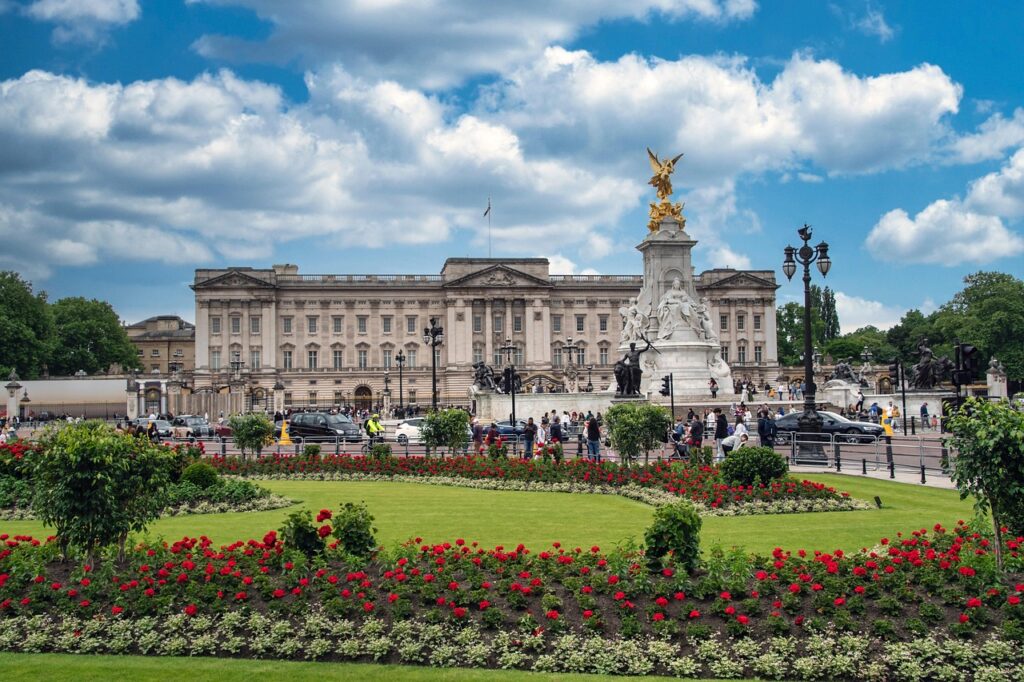
When you travel to Britain now, you notice details that shift the mood. The anthem sounds different at a football match, the stamps at the post office carry a new face, and even a red letterbox might bear another cypher. Since Queen Elizabeth’s death in Sept. 2022, change has moved steadily, some ceremonial and others practical, touching the things travelers see and use. From passports to palace tours, here’s how the U.K. feels different under a new monarch.
National Anthem Now “God Save the King”

The anthem is one of the first changes you hear. At stadiums, state ceremonies, and even small village events, the words are now “God Save the King.” After seventy years of singing for a queen, the adjustment feels strange at first, but the melody pulls everyone together. Visitors notice how quickly the shift has been absorbed, a reminder that traditions adapt. When you join the crowd, you sing history in its current form.
New Coins and Banknotes in Your Wallet

The money in your pocket tells the story of transition. King Charles’s profile began appearing on 50-pence coins in late 2022, and by mid-2024, new £5, £10, £20, and £50 notes entered circulation. Coins with his face follow tradition, turned opposite to Queen Elizabeth’s portrait. Old versions remain valid, so you’ll likely carry both. Holding change from two reigns feels like carrying history in miniature, a daily reminder of how seamlessly old and new coexist.
Stamps and Post Boxes Reflect the New Reign
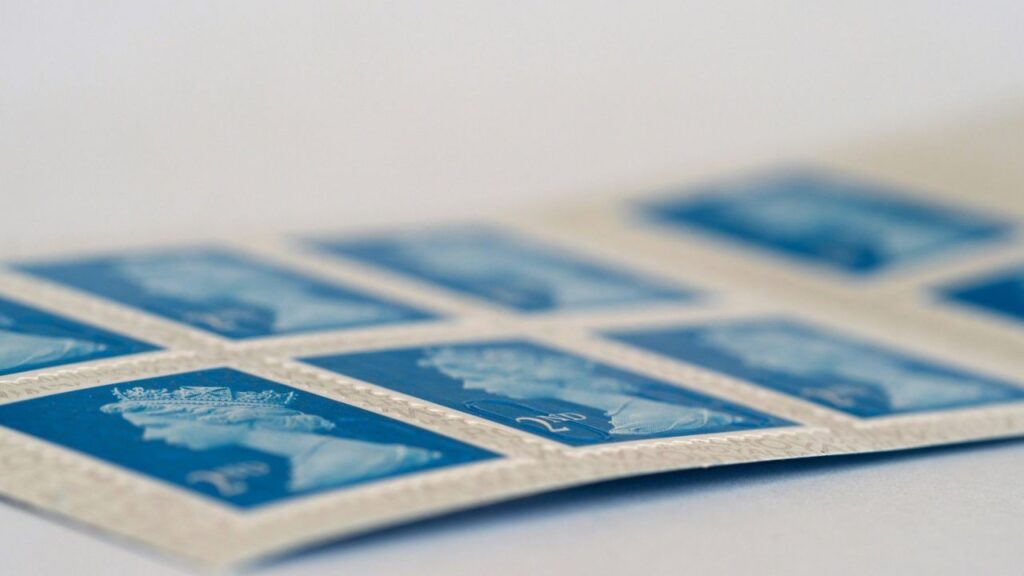
Postcards from Britain now carry stamps with King Charles’s profile, released in April 2023. The image is simple and crownless, chosen at the king’s request. On the streets, letterboxes still show Elizabeth’s ER II cypher, though new ones gradually display CR III. For travelers, the mix of symbols turns something as small as mailing a note into a lesson in continuity. You see history written not in books but in the routine act of posting a letter.
Police and Military Insignia Changing Slowly

Look closely at the details on uniforms and you’ll spot another shift. The police helmets and military badges that once bore Elizabeth II’s cypher will eventually display Charles’s. But there’s no rush; old gear is used until it wears out. Even during the coronation, many officers still carried the previous emblem. For a traveler, it means seeing a mix of symbols depending on who you pass on the street, a visual overlap that will linger for years.
Passports Now Read His Majesty
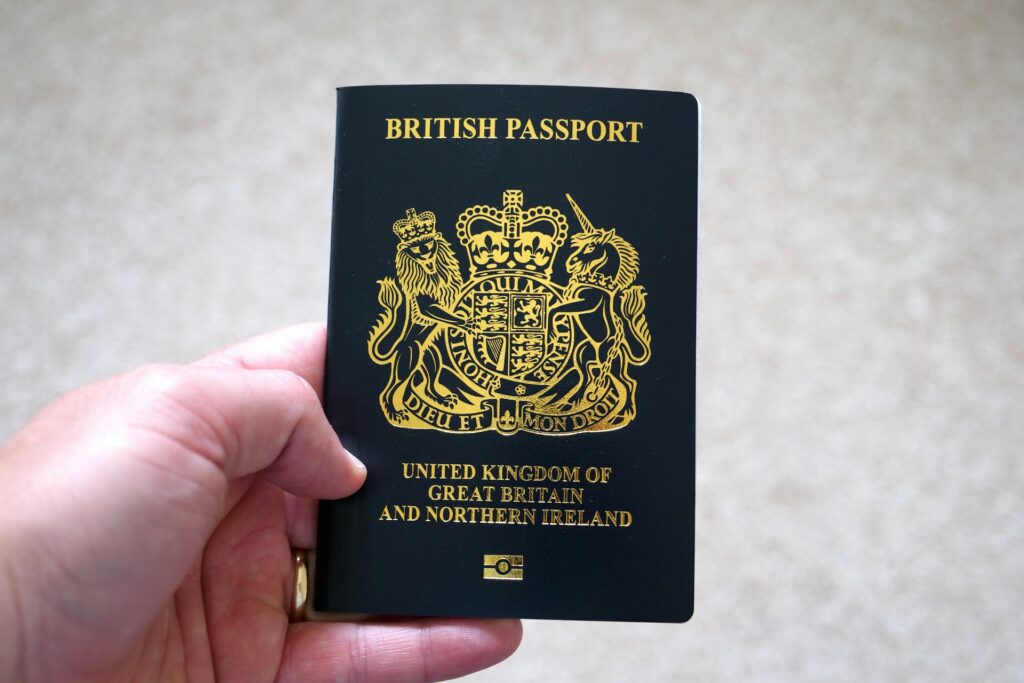
The change in passports became official in July 2023. New British passports now state “His Majesty” instead of “Her Majesty,” the first update in more than seventy years. If you’re a visitor in line at border control, you’ll notice both versions in circulation, since old ones remain valid until expiry. Commonwealth countries are making similar updates. It’s a subtle but powerful reminder of how deeply monarchy threads into everyday travel documents.
Buckingham Works, Clarence House Life
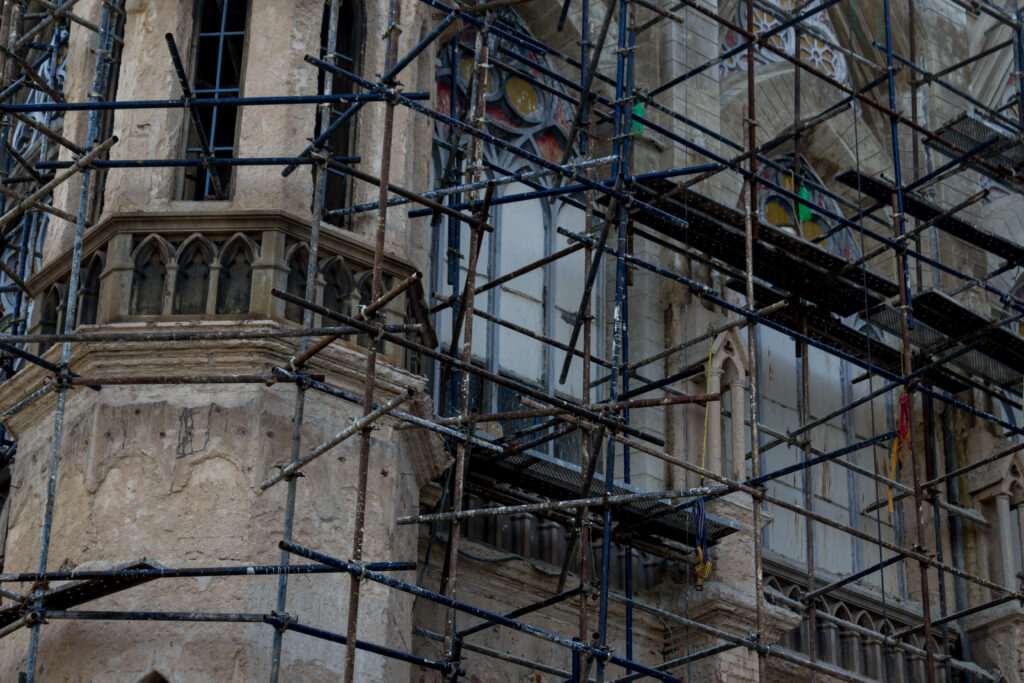
Buckingham Palace is undergoing a ten-year renovation set to finish in 2027. In the meantime, King Charles and Queen Camilla continue living at Clarence House, which has been their home since 2003. For travelers, this means Buckingham remains the ceremonial heart but less of an active royal residence. You might see scaffolding or closed sections on tours, while guides explain the move. It underscores how history is lived in real time, not frozen for display.
A Slimmed-Down Royal Roster, Leaner Calendars
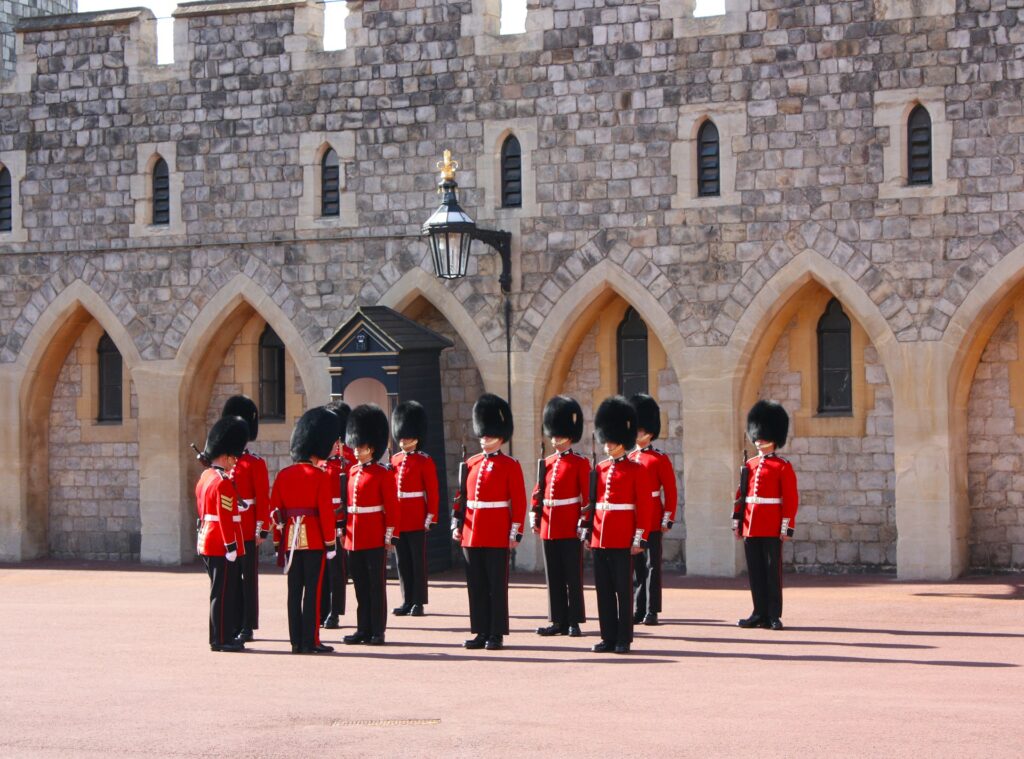
Royal appearances are fewer now. With Prince Andrew out of public life and Harry and Meghan stepping back, only about ten senior royals share the work, and few are under seventy. This has trimmed the number of local ceremonies, plaque unveilings, and small-town engagements. For visitors hoping for a chance royal sighting, opportunities still exist but are more limited. The monarchy remains present, but more selectively, reflecting a leaner public role.
Royal Travel Returns, With Street-Level Ripples
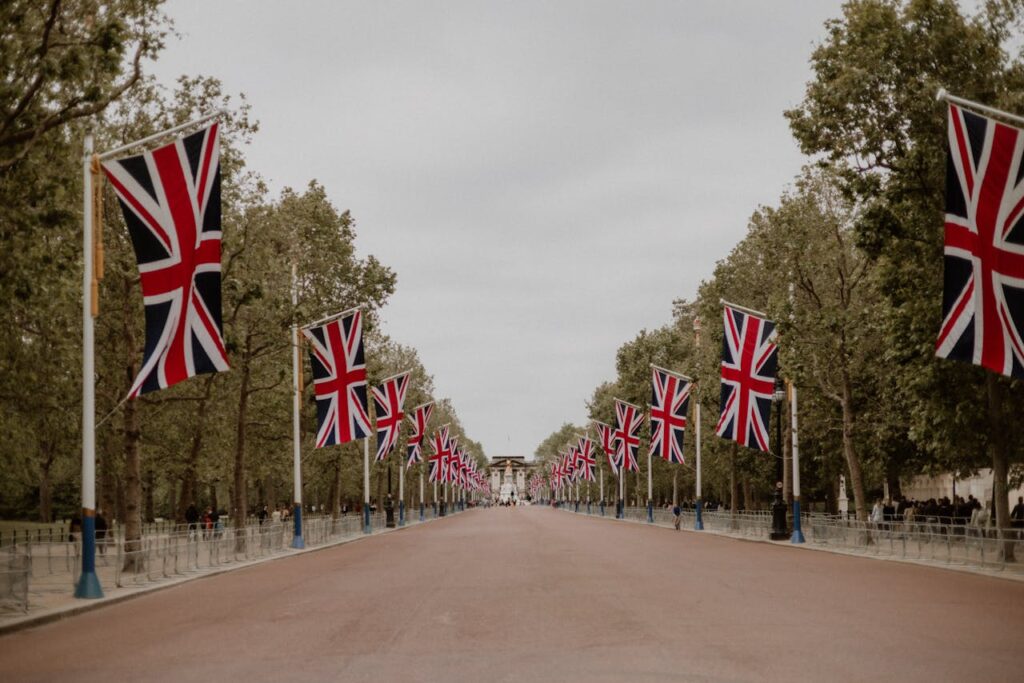
Where Elizabeth’s final years were quiet, Charles is back on the move. His first state visit as king took him to Germany in March 2023, and more trips are on the calendar. For travelers, this means road closures, ceremonial motorcades, and brief bursts of spectacle in cities like London, Edinburgh, or Windsor. If your timing overlaps, plan for delays, then enjoy the rare view of pageantry unfolding as part of your trip.
Palace Menus and Messaging Shift

King Charles has long supported sustainable eating, and palace menus reflect that. Foie gras is banned across royal residences, and the coronation quiche was chosen as a vegetarian dish. He openly promotes plant-forward meals, not with lectures but through quiet choices that ripple outward. For travelers dining near royal sites or attending public events, you may notice menus that highlight seasonal produce and reduced meat, subtle signals of a new royal tone.
Citizenship Ceremonies and Oaths Updated
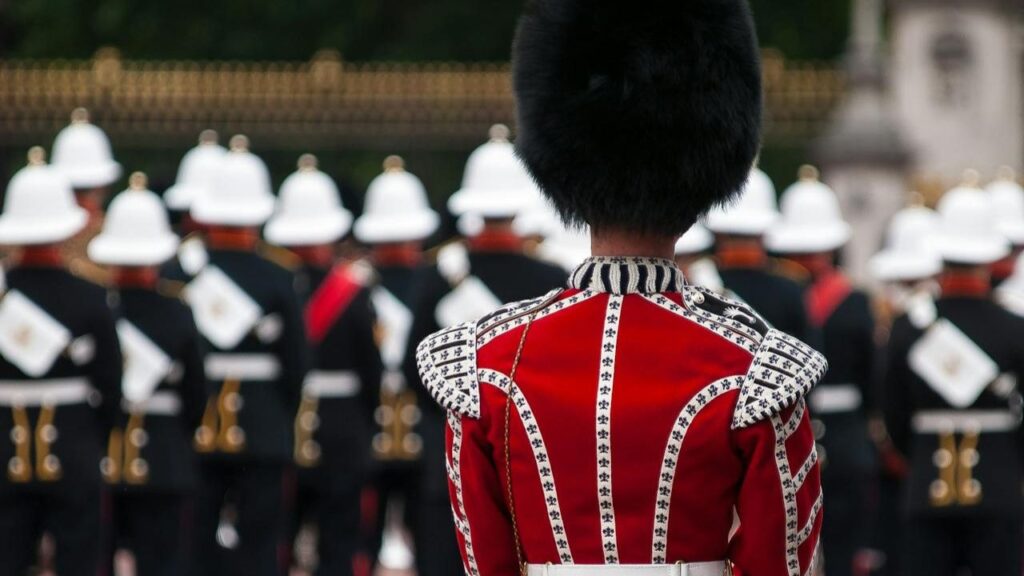
If your travel includes attending a friend’s citizenship ceremony, you’ll notice a change in the wording. Since 2023, new citizens swear allegiance to King Charles III rather than Queen Elizabeth II. The ceremony itself remains celebratory, but the update signals the end of a long chapter. Hearing the oath in its current form is a small but striking marker of continuity, where tradition adapts just enough to reflect the present reality.